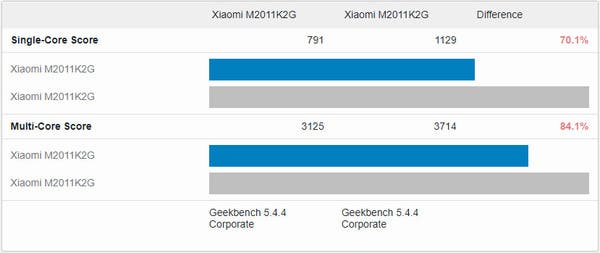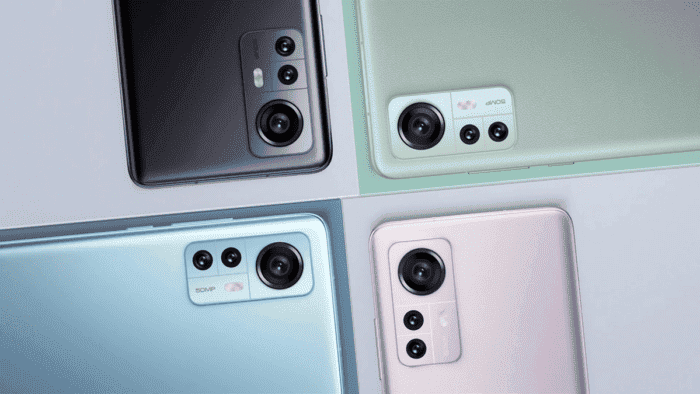A scandalous story last month was the accusation against Samsung of forcibly slowing down a large number of applications. At the same time, such restrictions bypassed the benchmarks, allowing the company to manipulate the real performance indicators of devices.
But Samsung is far from the first and not the last company that artificially lowers performance when working with a number of programs. Xiaomi was also noticed behind this. Last week, enthusiasts tested the performance of the company’s smartphones in various applications and came to the conclusion that there is an average performance drop of 30% in single-core mode and 16% in multi-core mode.
A week passed and Xiaomi decided to officially comment on the situation. It admitted that it fastens the power of devices when working with heavy applications, and this is done as part of a “thermal management strategy”. In other words, all in order to avoid overheating of the chipset and other components.
“Xiaomi applies thermal management strategies to ensure an optimal product experience, especially with resource-intensive applications that are frequently used for a long period of time. Many of our devices have 3 types of performance mode, which allows users to adjust the balance between performance and energy efficiency. At the system level, everything Application performance-related optimizations take into account many important factors such as power consumption, performance and thermal impact,” Xiaomi said in a statement.
Xiaomi slows down smartphones in a number of scenarios and this is why
At the moment, it is not clear on which models the forced slowdown mechanism works; and whether the company plans to change something in its operation in future and existing devices.

Xiaomi has recently announced the Note 11S 5G and Note 11 Pro+ 5G smartphones based on the MediaTek hardware platform in the international market. Both devices run the Android 11 operating system with a proprietary MIUI user interface.
The Redmi Note 11S 5G model carries the Dimensity 810 chip with eight cores clocked at up to 2.4 GHz. The amount of RAM is 4 and 6 GB, the capacity of the flash drive is 64 and 128 GB.
The display has a size of 6.6 inches diagonally and has a resolution of Full HD + (1080 × 2400 pixels). A 13-megapixel camera is installed in front, and a triple rear camera combines blocks of 50, 8 and 2 megapixels.
The Redmi Note 11 Pro+ 5G smartphone, in turn, has an octa-core Dimensity 920 processor; with a frequency of up to 2.5 GHz. The equipment includes 6 or 8 GB of RAM, as well as a flash module; with a capacity of 128 or 256 GB. This device has a 6.67-inch screen with a resolution of 1080 × 2400 pixels; and a refresh rate of 120 Hz. The selfie camera is capable of producing 16-megapixel images. The rear camera has a configuration of 108 + 8 + 2 megapixels.
The Note 11S 5G and Note 11 Pro+ 5G smartphones start at $250 and $370 respectively.





